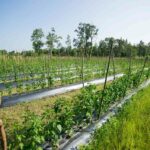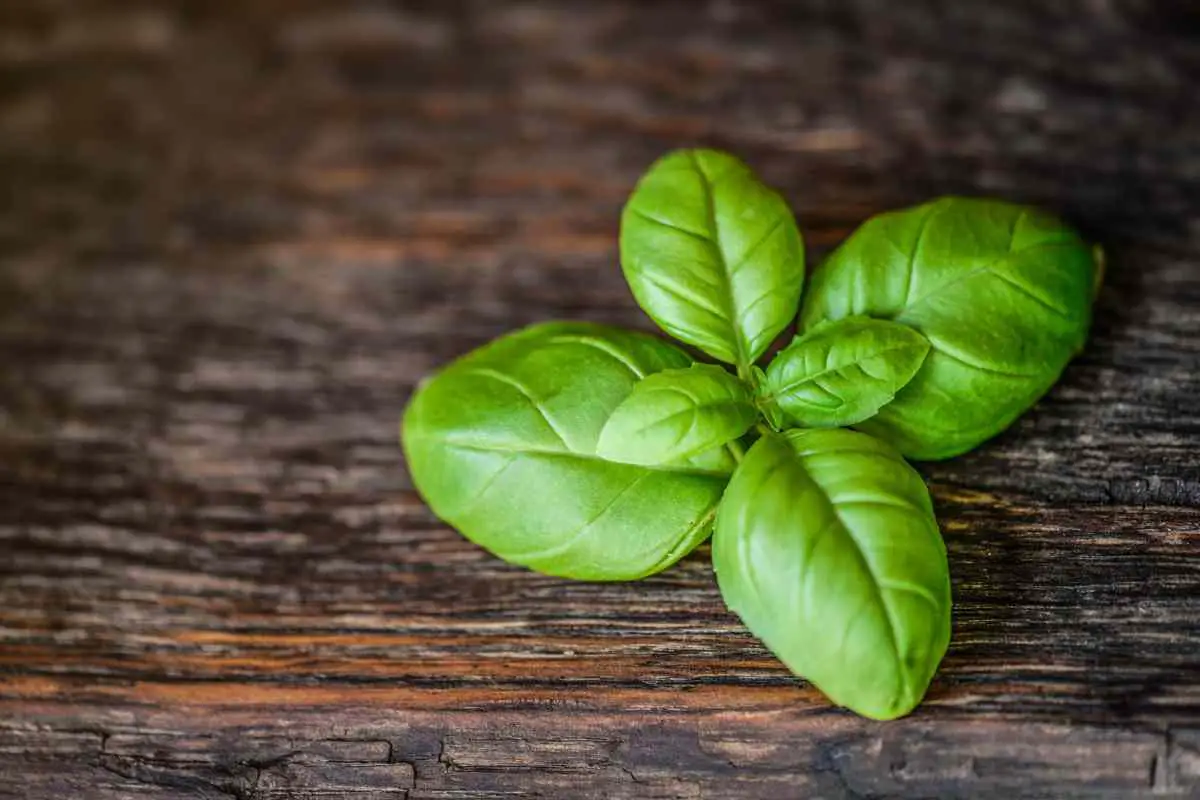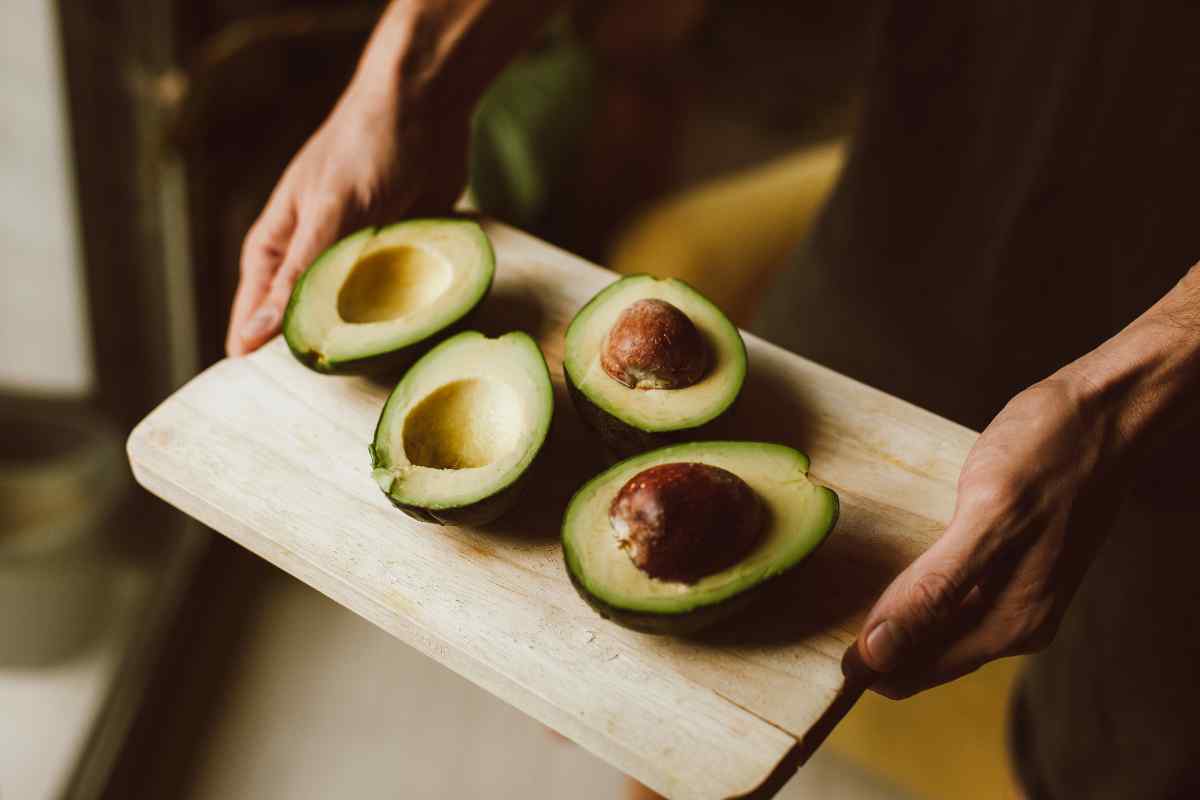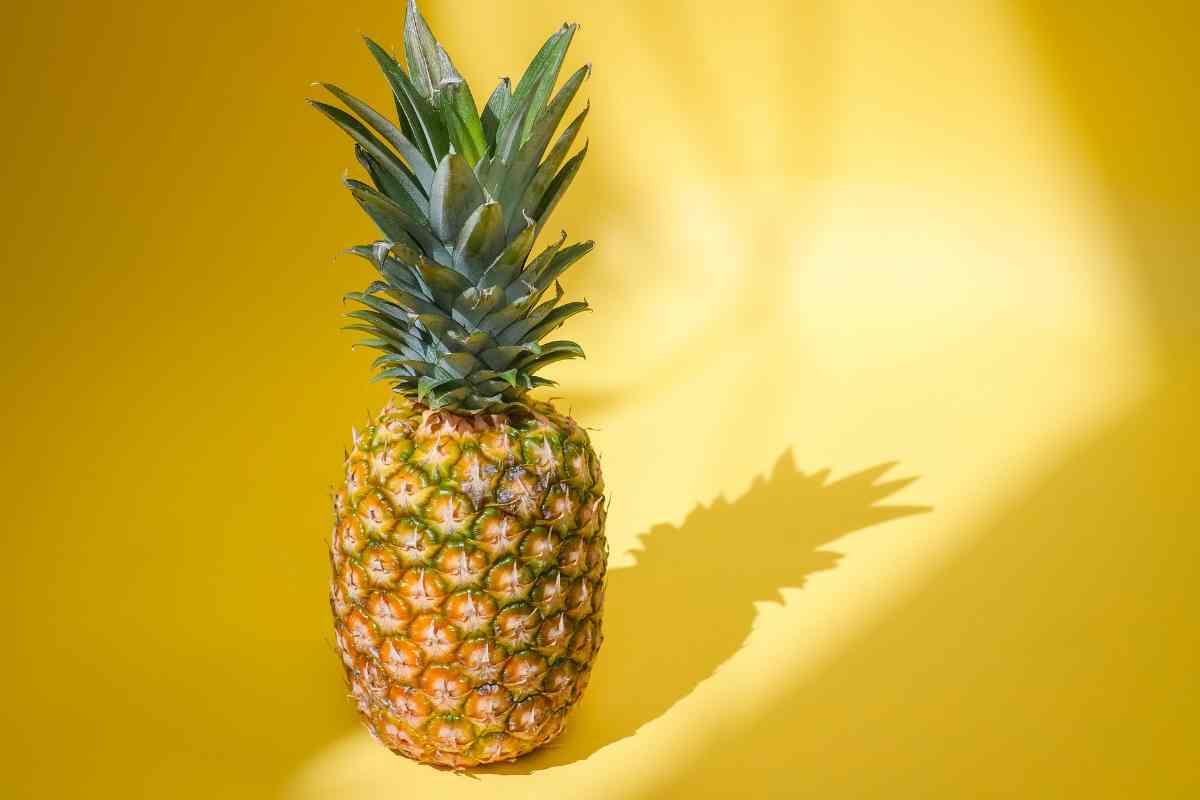Most vegetables don’t have seeds, although you can find seeds in a few types of veggies. Since vegetables are any edible part of a plant that’s not a flower, they can be roots, leaves, or stems. These areas on the plant usually don’t contain seeds.
So, most vegetables won’t have seeds.
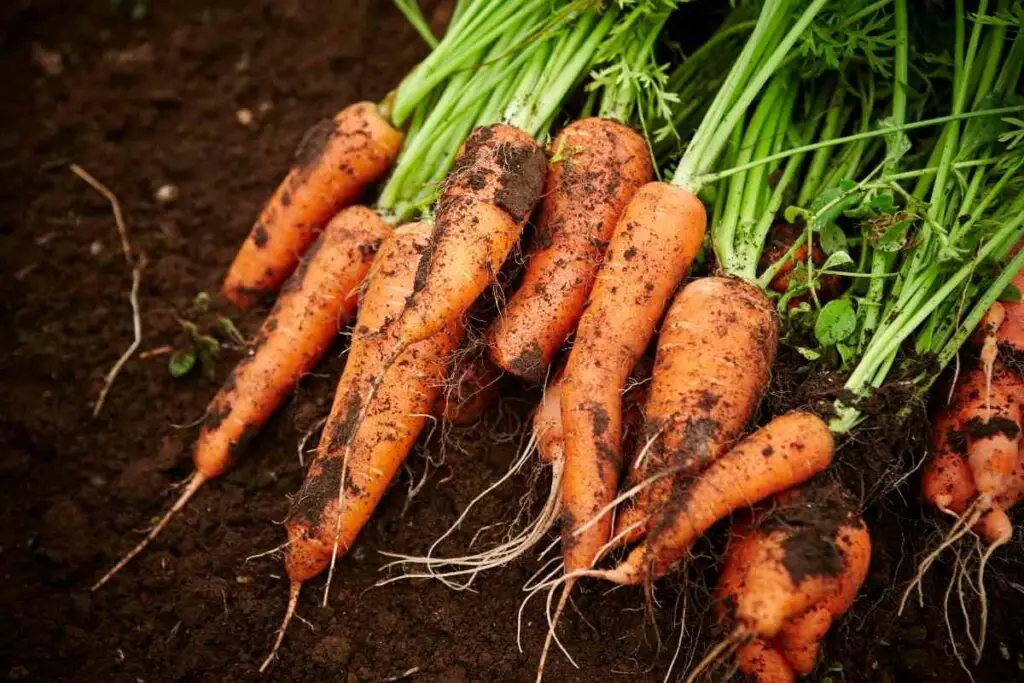
You’ll want to keep reading to learn more about what vegetables have seeds, what ones don’t, and why.
Let’s begin!
Table of Contents
What Vegetables Have Seeds?
There aren’t any vegetables that actually have seeds in them.
For instance, while you can grow a carrot from seeds, you don’t find the seeds in the root of the carrot you eat.
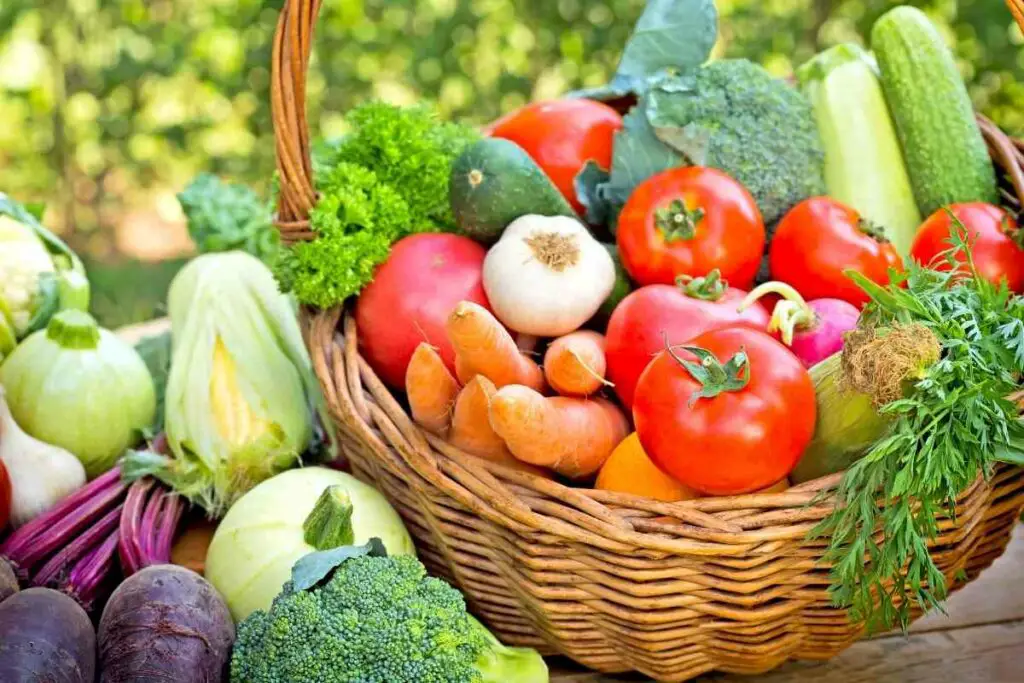
However, you’ll usually find the seeds in the flesh or edible part of the fruit when it comes to fruit.
This difference comes from how the produce grows— vegetables are an edible part of a plant, while fruit comes from the flower.
Why Don’t Vegetables Have Seeds But Fruits Do?
Almost all fruits will have seeds in them, so why don’t vegetables?
It has to do with where the produce comes from on the plant.
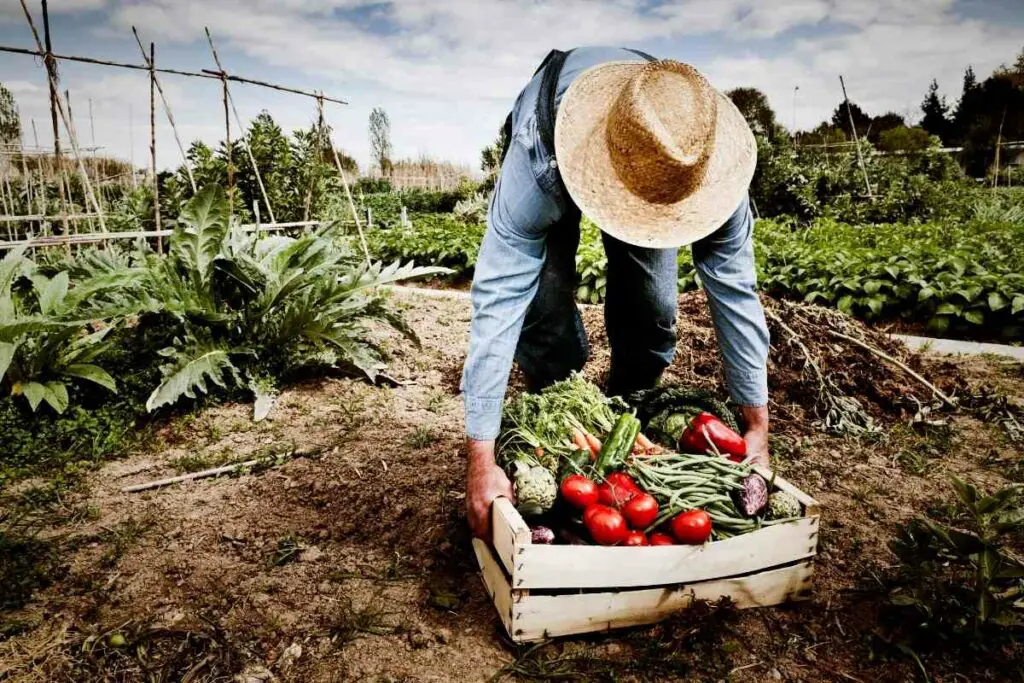
The fruit grows from a fertilized plant flower and surrounds the seeds to protect them. That means that fruit is the ovary of a plant.
Vegetables don’t come from flowers on plants, and they don’t grow to protect the seeds.
In Fact – Vegetables are already a part of the plant before fertilization since they consist of any other part of the plant that we can eat.
Overall, you won’t find seeds in the stems, roots, or tubers on plants, which is where vegetables come from. That’s why you’ll almost always see seeds in fruits, but never vegetables.
What Vegetables Don’t Have Seeds?
Most vegetables won’t have seeds.
However, we often confuse some vegetables for fruits, which is why many believe more vegetables have seeds than what’s actually true.
For example, many people believe that a tomato is a vegetable, although, in reality, scientists classify it as a fruit.
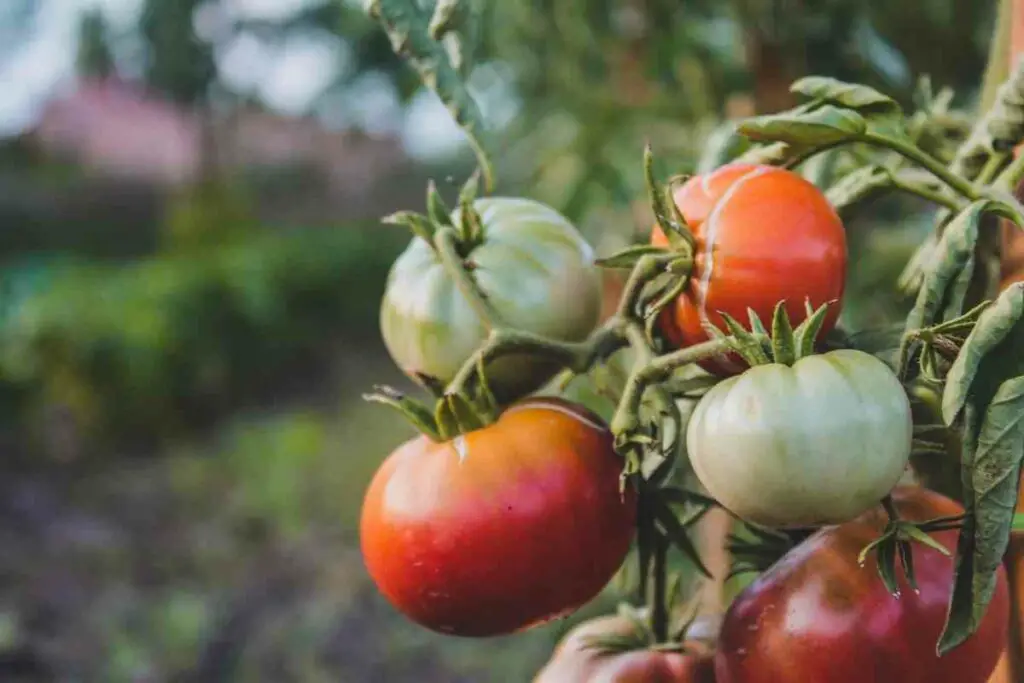
Since tomatoes have seeds, it gives off the impression that more vegetables should have seeds.
The same goes for peppers and squash— they’re technically fruits, not vegetables.
This distinction exists because these are “culinary vegetables”; scientists classify them as fruit, but we generally don’t think of them that way.
In other words, many of us believe most vegetables have seeds because we confuse them with culinary vegetables.
Here are some examples of vegetables that don’t have seeds in them:
- Asparagus
- Beets
- Broccoli
- Carrots
- Onions
- Potatoes
- Radishes
- Turnips
What Counts as a Vegetable?
Vegetables are different parts of plants, including the stalks, leaves, or roots.
These areas don’t produce the plants’ seeds, so the vegetables will never contain them. Essentially, a vegetable is any part of a plant that’s edible and not the fruit or the flower.
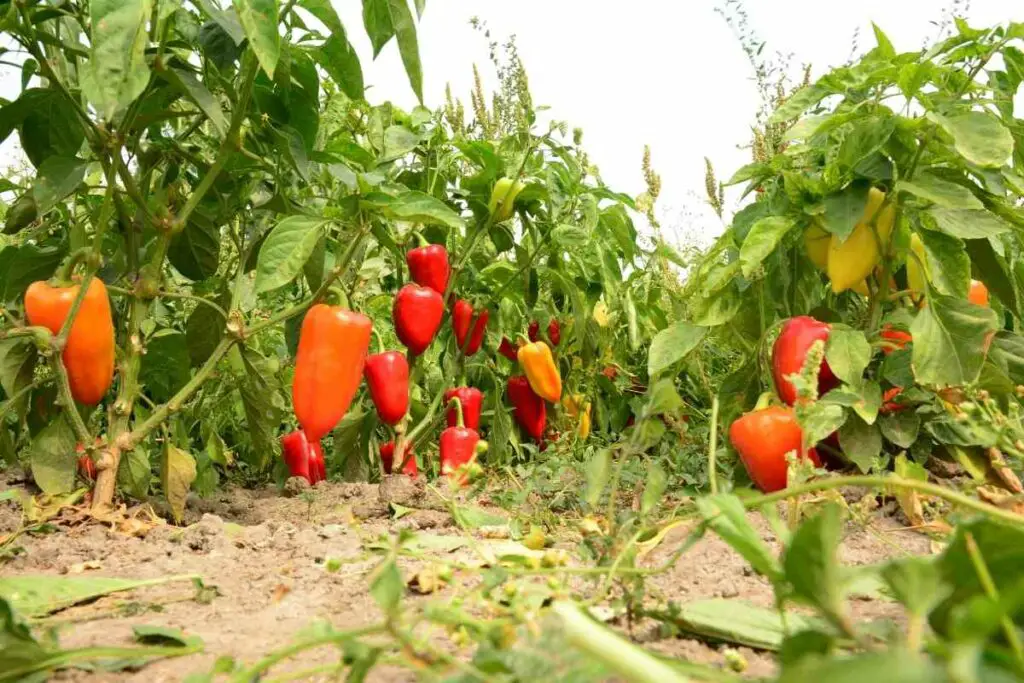
However, culinary vegetables are a bit different.
These types of produce are often scientifically considered to be fruit, but we use them as vegetables in the kitchen.
Peppers, tomatoes, and squash are all culinary vegetables that contain seeds.
In Short – You won’t find any vegetables with seeds since they’re scientifically classified as fruits. However, there are plenty of culinary vegetables containing seeds. It’s important to consider this distinction when trying to determine whether or not vegetables actually contain seeds.
Will All Vegetables Never Have Seeds?
Most vegetables you buy at the supermarket won’t have any seeds.
Since they come from areas on the plant that aren’t flowers, they don’t grow around the seeds. Plus, farmers usually harvest the vegetables before the plant can flower.
Fruit forms around the seeds after pollination to protect them, so farmers can only harvest the fruit at that stage.
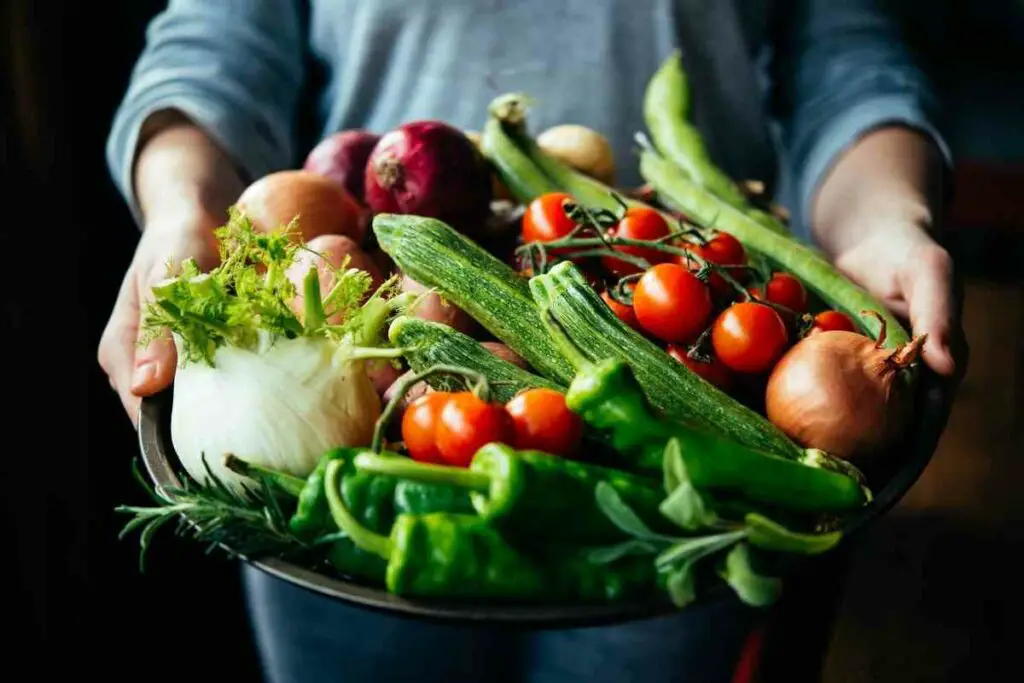
However, they can harvest vegetables without having to wait for pollination to occur.
For example, since carrots are a root, you don’t need to wait for them to be fertilized to produce food. You just need to wait for the root to be large enough to eat.
Overall, vegetables don’t come from the parts of the plant that produce seeds, so most of them will never have any.
Most plants also take two years to produce seeds, but farmers harvest them before they mature.
How Do We Get More Vegetables Without Seeds?
We don’t always need seeds to produce more vegetables.
Many farmers will graft plants together or use asexual propagation to create more.
Grafting involves cutting the top section of one plant and combining it with another, making a much more robust plant.
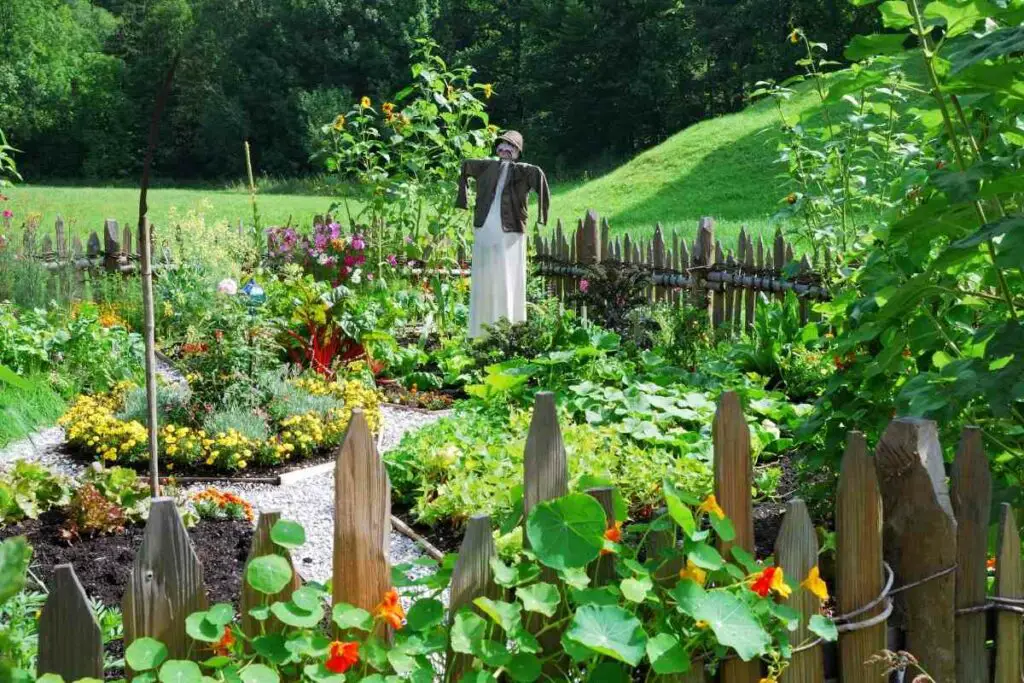
Farmers can also get more vegetable plants by planting cuttings in the ground. The small cutting grows into a large plant; then, farmers repeat the process until they have many plants.
This form of asexual propagation creates clones of the original plant, so they’ll usually use their strongest one. So, we can produce more vegetables without the use of seeds.
However, that doesn’t mean farmers never use seeds to grow vegetables.
Bulb Plants – Such as onions and garlic, spread through the ground by producing new bulbs that farmers can harvest. If you let a vegetable plant mature for long enough, it’ll eventually produce seeds that can create plants for the next harvest.
We don’t always need seeds to produce a new vegetable plant.
Farmers can graft, plant cuttings, or allow the plant to spread naturally.
Allowing the plant to continue growing also ensures it eventually produces seeds, but that doesn’t mean they’re required to keep making more vegetables.
How Do We Get Seeds From Vegetables?
Like other plants, you can still get seeds from vegetable plants.
You will need to wait longer for the plant to mature and flower before it can produce seeds. Then, you wait for the plant to dry out and harvest the seeds.
Once you have them, you can plant the seeds the following year.
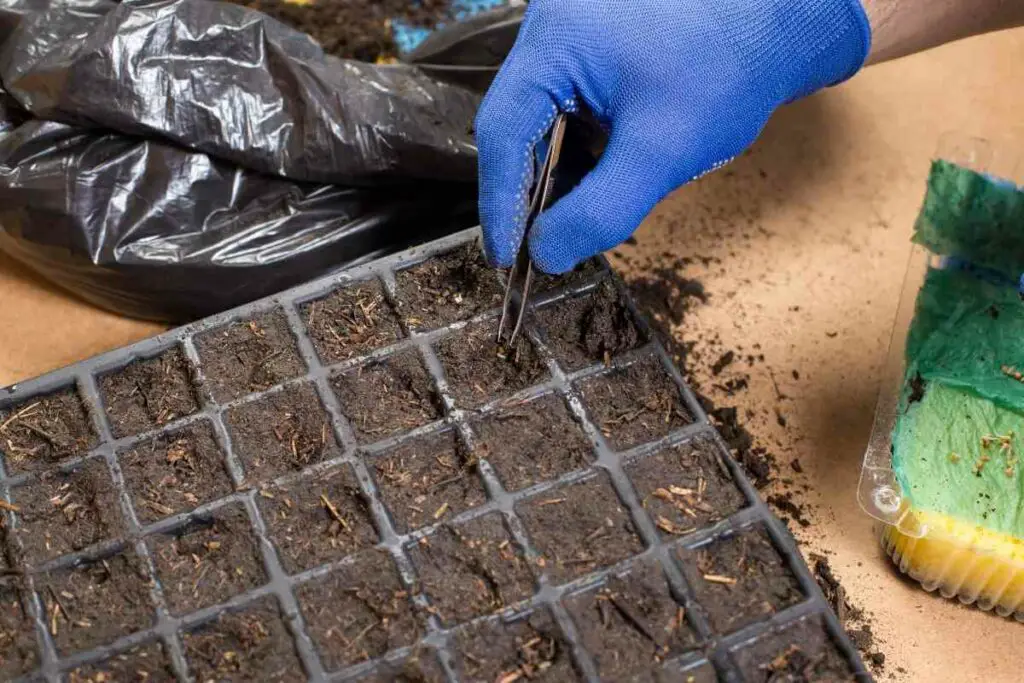
Getting seeds from vegetables takes much more effort and time than getting them from fruits. Still, many farmers need to do it to keep producing vegetables yearly.
Most farmers harvest most of their vegetable crops while leaving some of their strongest plants in the ground to produce seeds. That way, the next generation of plants will also be strong.
Every plant is different, but you’d need to leave most of them in the ground throughout winter, then you can get seeds from them in the summer.
It also takes many vegetable plants two years to produce any seeds.
After farmers get the seeds, they need to keep them in good condition until they can plant them again.
In Most Cases – An air-tight glass container will keep the seeds fresh. We must also store seeds in a dry, cool place, preferably between 32° and 41°F. Many gardeners store their seeds in their refrigerators since it meets all of those conditions.
Why Aren’t My Vegetable Plants Making Seeds?
If you’re growing plants at home and want to produce more, you’ll need to collect their seeds at some point, even if you make more through cuttings.
There are two possible reasons why your vegetable plants aren’t making seeds.
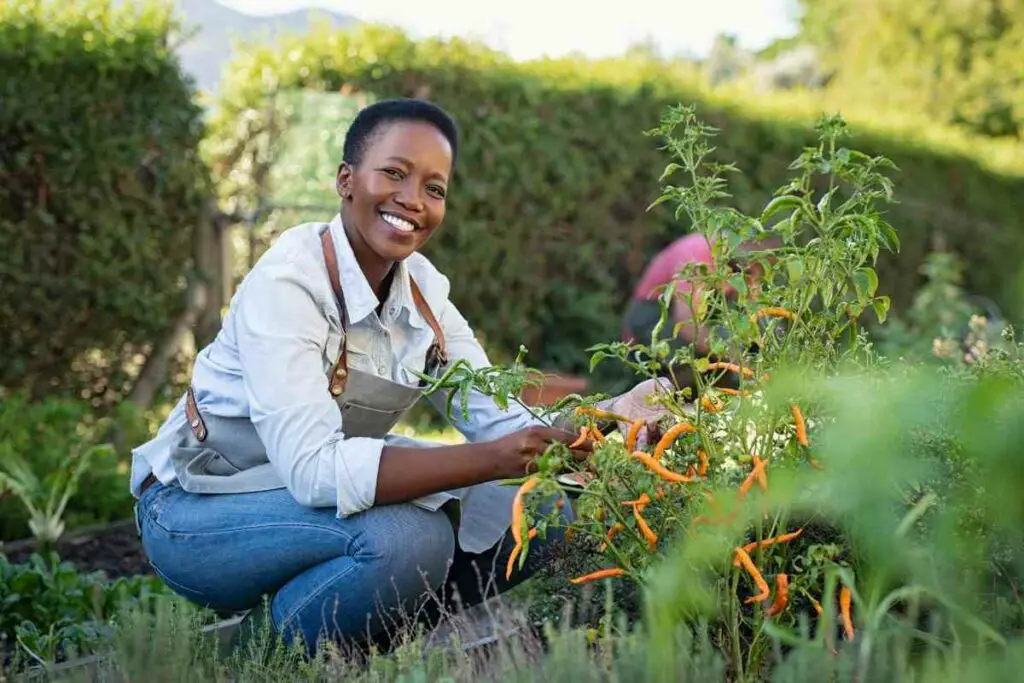
This problem usually happens to plants inside since there’s no wind or creatures to pollinate them:
- First, it’s possible your plant isn’t mature yet. Vegetable plants can take two years to flower, so you may need to wait longer to get the desired results.
- Second, if your plant is mature but still not making seeds, it wasn’t pollinated yet. The flowers won’t grow seeds unless they become fertilized. If your plant isn’t somewhere any pollinators can reach it; you’ll need to pollinate them yourself. Luckily, it’s effortless! You can gently shake or blow on the flowers to distribute pollen.
If you want to ensure you know it’s pollinated, you can take a small paintbrush or q-tip and gently rub it inside one of the flowers.
Then, do the same on another of the flowers.
Depending on the plant you’re growing, you may need to move pollen from a male to a female flower.
Later, the fertilized flowers should produce fruit from which you can harvest seeds.
How Do I Grow a Vegetable Without Seeds?
You can grow a vegetable without seeds if you have another plant to make a clone of.
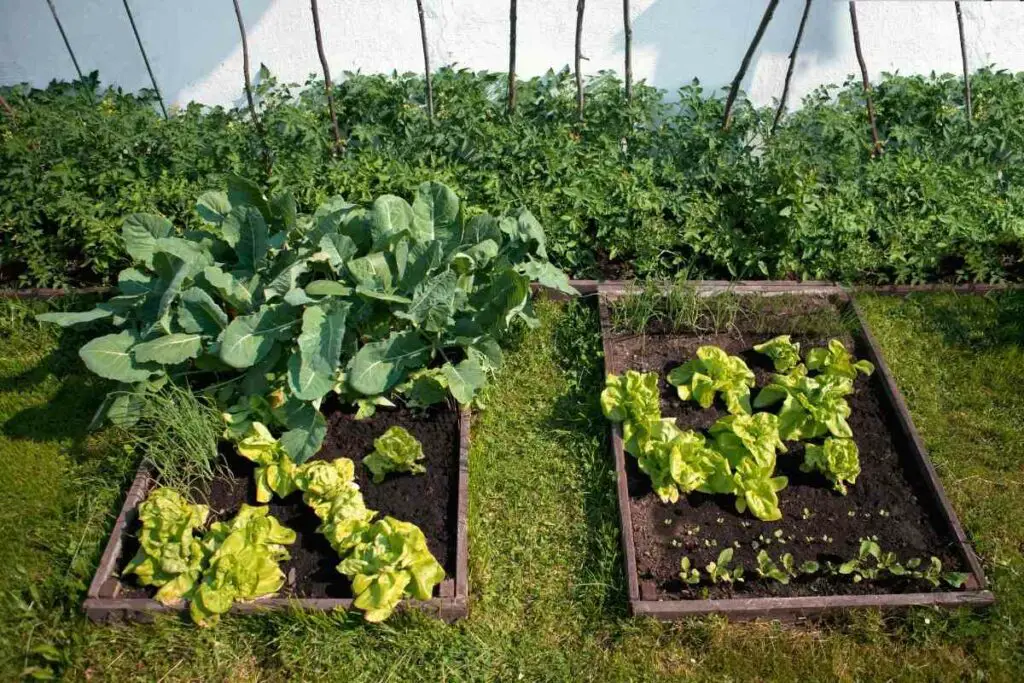
To start:
- Take the original plant and cut a piece of its bottom.
- Then, place the cutting in a shallow dish with water, with the cut part facing upwards.
- After a few weeks, you’ll notice that the cuttings start to grow roots.
- You need to give the cuttings enough time to grow a well-established root system, which takes around three to four months for most plants. During that time, make sure you also change the water frequently.
- After the roots are long enough, you can plant them in your garden. From there, the cuttings will grow into complete vegetable plants. You can then save one to create another cutting or wait for them to produce seeds. That way, you never run out of plants to grow.
Overall, you can easily grow a vegetable without using seeds. However, you will need at least one plant to start with.
Conclusion
Most vegetables don’t have seeds, although you can find seeds in a few types of veggies.
Here are some examples of vegetables that don’t have seeds in them:
- Asparagus
- Beets
- Broccoli
- Carrots
- Onions
- Potatoes
- Radishes
- Turnips
Since vegetables are any edible part of a plant that’s not a flower, they can be roots, leaves, or stems. These areas on the plant usually don’t contain seeds.
Read more above.
- How to Dry Basil Leaves: A Professional Guide
- Is an Avocado a Fruit or Vegetable? Simple Answer and Explanation
- Does Pineapple Have Seeds? Exploring the Anatomy of Pineapples
- Blooming Through Winter: Can I Grow Vegetables Indoors in the Winter?
- What Can You Grow in a Greenhouse All Year Round: A Guide to Year-Round Greenhouse Gardening
- Are Blueberries Blue? Debunking the Myth of Their Color












